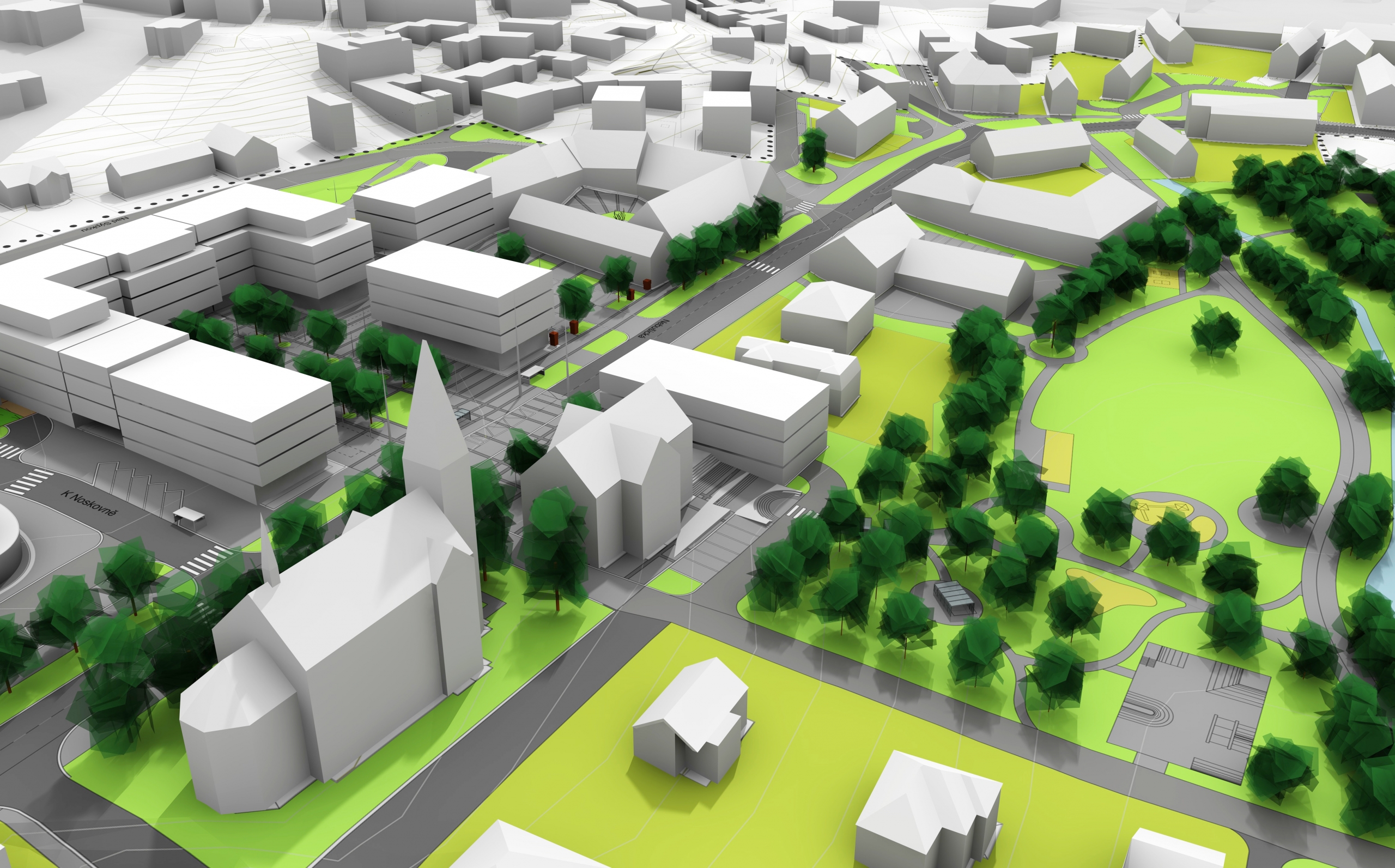If you are a pastor, or executive pastor and your current campus is limiting growth or hurting your ministry model; or if you are a key leader responsible for stewarding your real estate resources then this is for you.
This is Part Two of a Ten Part Series designed to give you a springboard for starting a conversation with your leadership as you consider how you will approach developing a new campus, multi-site, or expanding/renovating your existing campus.
I have identified 10 Fundamentals that I believe all churches should follow to successfully develop their real estate resources for maximum ministry effectiveness. There are many more principles that could be discussed, but this is an executive level primer that I hope will be helpful as you begin your own conversation.
If you are just joining the series, I encourage you to go back and start with Fundamental One to get the most benefit.
Each Post considers one of the following 10 Fundamentals:
- Real Estate Strategy
- Resource Assessment
- Vision Alignment
- Land Planning
- Funding Strategy
- Congregational Support
- Project Design
- Project Schedule
- The Right Team
- The Right Leadership
In this post, I will review Fundamental Two; Resource Assessment.
“It is vital to determine the capacity of your church’s existing real estate to support ministry…”
Fundamental Two – Resource Assessment
It may seem obvious, but developing your real estate strategy requires knowing exactly what resources you currently have. You should understand its’ potential, as well as its’ limitations. This means taking a detailed inventory of land that is owned by your church, parking facilities, and buildings. To be most useful, be sure to include metrics such as acres of land, number of parking spaces, and square footage of buildings.
This is important for several reasons. First, it is possible that your church could have underutilized space that is already built. This is like finding buried treasure. One church we worked with thought they would need a large amount of additional space, but after working with their staff on how existing space was being used we discovered many inefficiencies and came up with a plan that saved them an incredible amount of money that could be used to fund ministries.
Secondly, it is vital to determine the capacity of your church’s existing real estate to support ministry. This is a function of factors such as zoning regulations, the right seat to parking ratio for your church, environmental influence and more. If you embark on a multi-million dollar expansion only to find that you will outgrow your current facilities or site within a few years, wouldn’t it be important to know that before investing the time and dollars?
Assessing your facilities will be useful for many reasons, but a third major reason is to inform the process of developing a vision for your campus and planning for future growth. This “Campus Vision” is not to be confused with the overall Vision of your church. This will be discussed further in the post on Fundamental Three – Vision Alignment.
In addition to assessing your church’s resources of real estate, it is important to assess your church’s financial health, the strength of your leadership, and the condition of your congregation in terms of whether or not they are likely to support an expansion.
Before embarking on such a journey, I always advise pastors and church leaders to seek professional guidance. Planning and executing a complex development can have a decades long impact, and having an expert alongside with real world experience will give you confidence and build credibility with leaders, and congregants you will be asking to support your vision.
If you are considering this journey and could use some guidance we would love to begin a conversation! Also, be sure to check back in 2 weeks for Part 3 where I will discuss Vision Alignment.





